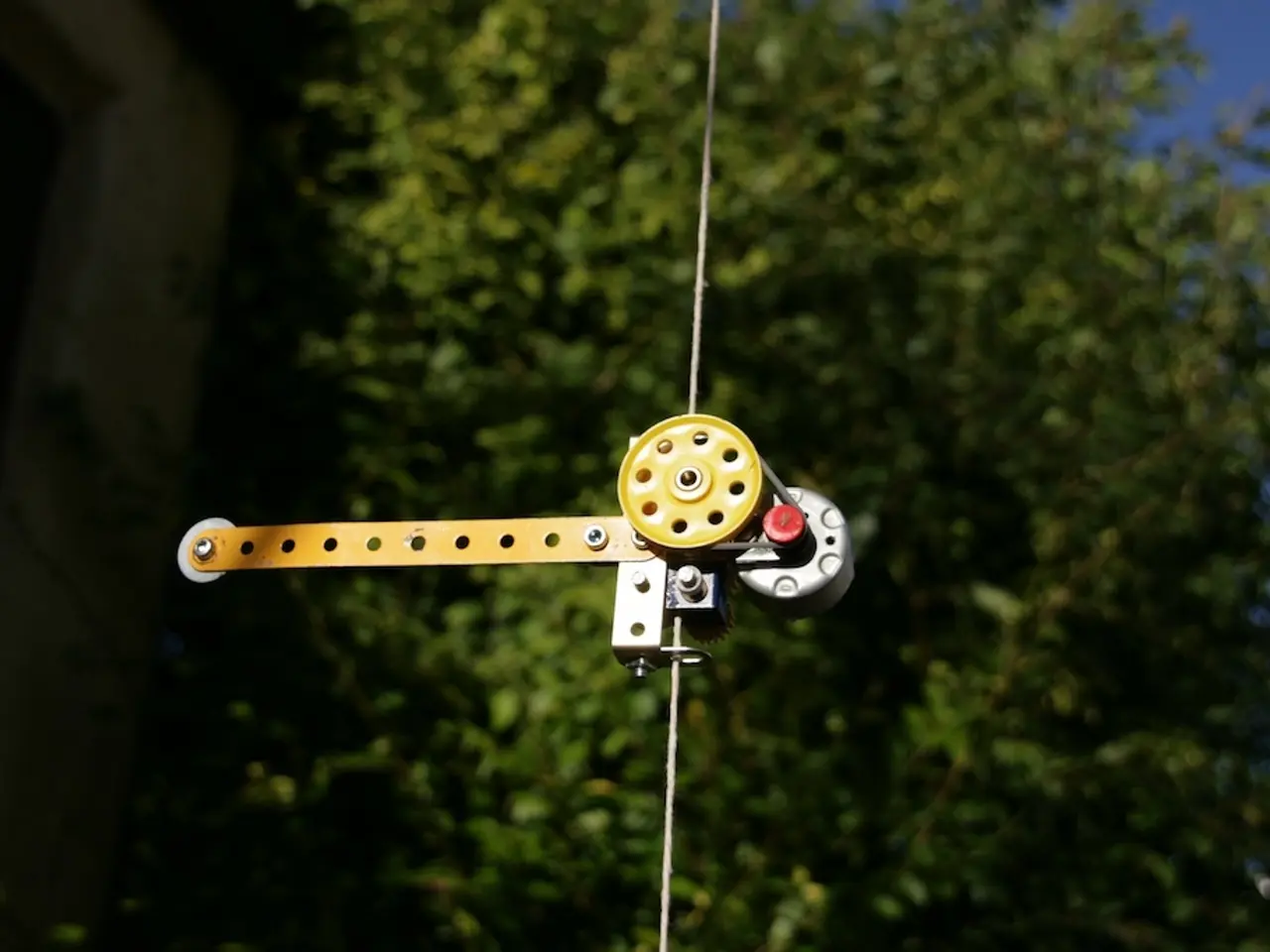Exploring Reverb: Ranging from Subtle Spatial Effects to Breathtaking Deepness
In the realm of music production, reverb plays a crucial role in enriching sound by adding depth and space. This versatile tool simulates how sound behaves in different environments, from intimate rooms to expansive concert halls.
Reverb comes in several types, each offering a distinct sound quality. Room reverb, for instance, is ideal for intimate settings, providing a controlled yet warm sound. On the other hand, hall reverb is designed to simulate the expansive environment of a large space. There's also plate reverb, spring reverb, and more, each with its unique characteristics.
One of the key aspects of working with reverb is experimenting with wet/dry mix ratios. This technique can expand the sense of space without losing the focus on the original signal. By doing so, producers can mimic a concert hall or an echo chamber, creating a sense of vastness and rich sonic decay.
Two fundamental parameters that shape spatial effects are decay time and pre-delay. Decay time, or reverb time, controls how long the reverberation lasts after the original sound stops. Longer decay times produce expansive, lush spaces, making the sound feel distant or immersive, while shorter decay times create tighter, more intimate ambiances. Adjusting decay helps define the perceived size and character of the virtual space.
Pre-delay, on the other hand, is the time gap between the direct sound and the onset of the reverb. Increasing pre-delay separates the original sound from its reverberation, preserving clarity and articulation while still adding ambience. Short or zero pre-delay makes the reverb blend immediately, which can smooth the sound but may reduce definition.
By combining these parameters, producers can create unique spatial effects. For example, using longer decay with longer pre-delay can simulate large spaces where sound reflections take time to arrive, creating spacious and dramatic atmospheres. Conversely, short decay with short pre-delay yields a close, natural-sounding room effect. Setting moderate pre-delay with long decay can maintain note articulation while still having a lingering lush tail, great for vocals or sustained instruments.
Additional parameters, such as diffusion, damping, and modulation, also play a role in shaping spatial effects. Diffusion affects how densely reflections spread, while damping controls decay rates of high frequencies, shaping warmth or brightness. Modulation adds subtle movement and variation to the reverb tail, making the space feel more alive or lush.
In conclusion, effective spatial design comes from thoughtfully balancing decay time and pre-delay to sculpt the perceived size and clarity of the environment, and using diffusion, damping, and modulation to fine-tune texture and tonal color. For those seeking to enhance their mixes, mastering advanced reverb techniques is crucial, including incorporating EQ and delay with reverb. Whether you're aiming for a cozy feel or the grandeur of a concert hall, reverb offers a wealth of possibilities to bring your audio creations to life.
[1] Understanding Reverb: A Comprehensive Guide [2] The Art of Reverb: A Deep Dive into Reverb Techniques [3] Reverb Explained: A Primer for Music Producers [4] Mastering Reverb: Tips and Techniques for Music Production [5] The Psychology of Reverb: How Reverb Affects Listener Perception
- When experimenting with mixing vocals and guitar in music production, adjusting wet/dry mix ratios can help create a sense of space and depth that adds richness to the overall music.
- Modern gadgets and technology have enabled music producers to record and manipulate reverb types such as room, hall, plate, and spring, achieving the desired ambience for their music production.
- During music recording, producers often utilize two fundamental parameters – decay time and pre-delay – to enhance spatial effects, with longer decay times creating expansive environments and shorter pre-delays preserving clarity.
- Advanced technology in music production allows for fine-tuning of spatial effects through additional parameters, like diffusion, damping, and modulation, which help sculpt the texture and tonal color of the reverb tail.




